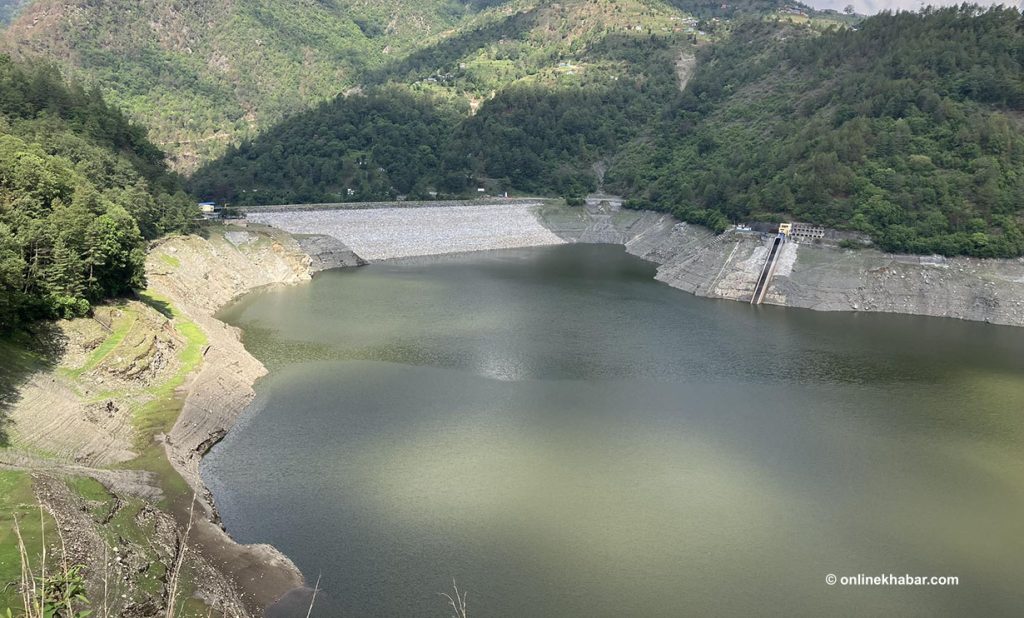
Despite being rich in natural resources and other resources we are not being able to generate revenue on our own. To utilise all the resources properly, we need to explore the way to generate revenue and asset monetisation can be the most favourable idea among many ideas.
Nepal has been dealing with the cash flow issue for a while now. Numerous businesses are on the brink of closure, experiencing a shortfall in anticipated investments, and grappling with an unfavourable national economic situation. To address these challenges and tap into underutilised resources, asset monetisation emerges as a crucial strategy.
Many businesses are about to shut down, investments are not coming in as much as anticipated, and the nation’s economic situation is not ideal.
To solve these issues and unutilised resources utilised asset monetisation is one important way to do so.
What is asset monetisation?
The process of providing the private sector access to government-owned property or underutilised infrastructure for a predetermined amount of time in exchange for a defined payment is known as asset monetisation.
In this, the government makes its property available for a specified amount of time rather than transferring it. The government introduced the notion of asset monetisation to raise revenue and invest it in other sectors or areas. Instead of maintaining government property in its current state, the government can benefit from its underutilised holdings.
Asset monetisation is not a new concept for Nepal. Various laws and policies have also introduced this idea. However, laws and policies specifically addressing asset monetisation plans and prioritisation sectors have yet to be established to date.
The government of Nepal has been using the idea time and again. In the budget, the government has introduced the concept of monetising hydropower projects and large infrastructure initiatives as part of its asset monetisation strategy.
What are the opportunities?

The nation’s progress depends on its ability to generate revenue. In this world, no nation has advanced without its generation of revenue. Having a plethora of resources and still being unable to generate revenue is one of the most miserable things for a country.
Foreign Direct Investment (FDI) stands out as a crucial source of revenue for developing nations such as Nepal. However, the country faces challenges in attracting the anticipated levels of FDI due to weak investment policies, a shortage of financial resources, and other related issues.
Asset monetisation can be a strategy for attracting foreign and domestic investors in a country like Nepal. Generating revenue for the government presents a significant opportunity through asset monetisation. By prioritising specific areas, the government can strategically apply this approach to maximize its financial gains.
Furthermore, asset monetisation is not about privatisation rather it is about opening more areas for the government to generate revenue. It is about creating a nexus between the government and the private sector for working together.
The government can obtain a fixed amount of revenue from private parties through asset monetisation. It is not only the government that can make a profit private entities can also make a profit from asset monetisation.
Investment in the unutilised sector can also bring a profit to the government and private entities. The revenue which is generated from it can be invested in infrastructure and other areas which helps to generate employment opportunities which ultimately boost the country’s economy too.
What are the challenges?

The creation of appropriate policies and processes for asset monetisation presents a difficulty for a nation like Nepal. The authorities in Nepal may have difficulties in determining the appropriate criteria based on national needs.
The techniques and tools for asset monetisation have been developed in India. India has outlined its roadmap in detail. Based on the prioritisation, India has clearly shown which area they are going to invest in.
India has also become successful in the initial stage of asset monetisation. Creation of the policy, and prioritising the sector and others can be a challenge for Nepal. Formation of a suitable policy is an utmost requirement to become successful in any act.
It has been stated that the Nepali government frequently leases government property to private entities for less than market value. The government should abstain from these actions if it hopes to succeed in asset monetisation. The government will suffer a significant loss if it grants them a lease at a cost less than market value. Preventing these kinds of acts will only allow the asset monetisation to succeed.
Finally, the Nepali government has repeatedly tried to create jobs and raise money by introducing different programmes, but each time they have failed. The Nepali government has failed to attract FDI, establish an atmosphere that is conducive to business, and offer financial support to businesses.
In addition to all of these suggestions, if we apply asset monetisation correctly, it has the potential to be a game-changing tool for a nation like Nepal. Revenue generation is not the main goal of asset monetisation. The government should take it as the platform for creating employment opportunities, and opening factories rather than providing profit to private entities only.


















